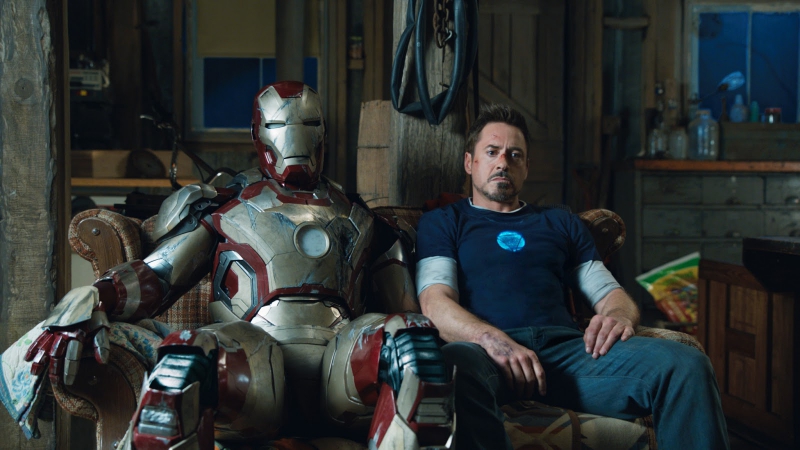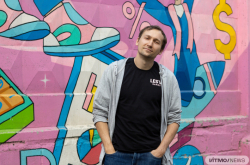About VFX
VFX are visual effects created by combining live-action footage with additional processing. The approaches vary: sometimes, a green screen is used as a backdrop and then computer-generated images are added (widely used in the second Star Wars trilogy), or the appearance of an actor is changed after filming (the costume of Iron Man). In simple, VFX is always about post-processing. In order to produce high-quality results, specialists need data on lighting, the model’s scale, and other similar information.
Depending on the workload and the nature of the material, working on VFX can take from a few months to several years. For example, in major blockbusters such as The Avengers, working on VFX takes more time than the actual live-action footage. What’s more, it is often the case of several studios working on special effects simultaneously; for one, 15 different studios collaborated during the filming of Avengers: Infinity War. The overall number of VFX artists involved in the production on the post-processing stage was 2,080.
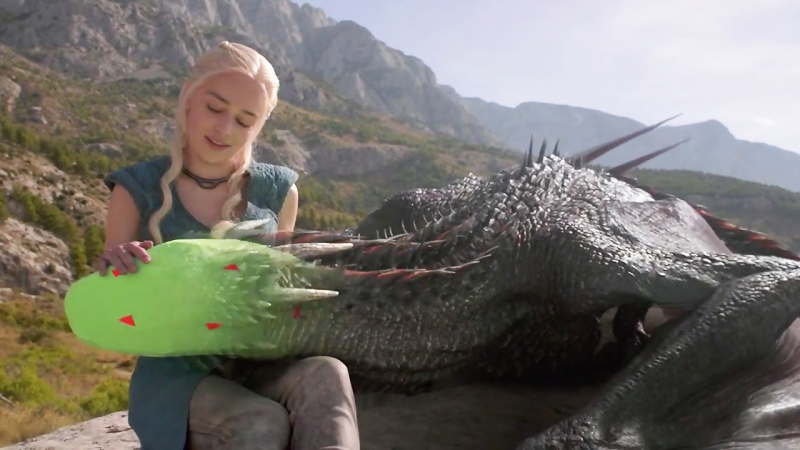
Why so many?
These 2,080 specialists focused on different stages of visual effects production. First, artists (20 people) presented their concept art, pre-visualizing the visual effects. Then 60 VFX artists did the initial 3D modeling, which was developed further on the later stages: animation (80 specialists) and lighting, shading and texturing (120 specialists). Then, about 600 more specialists worked on additional effects, motion capture, and assembling the whole of the picture.
Is VFX used in blockbusters only?
No. Few modern movies don’t make use of VFX. For instance, blood and gunshots in John Wick, as well as action films inspired by the works of Buster Keaton also involve these technologies.
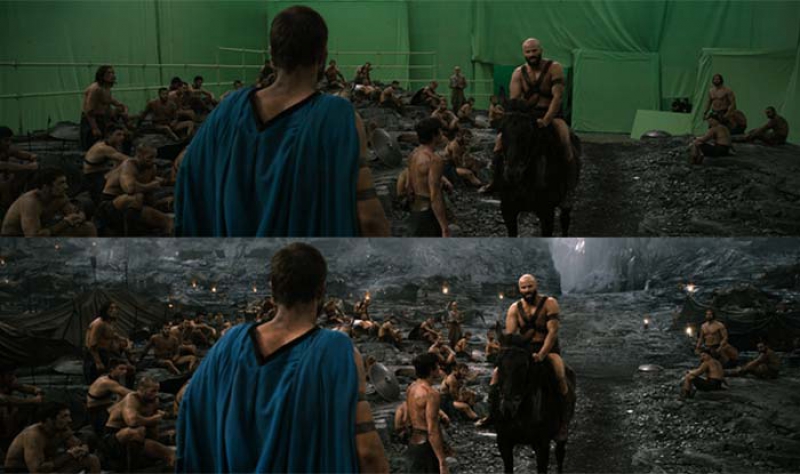
Smoke, water, gunshots, explosions are usually spruced up by VFX artists. Apart from the film industry, VFX artists are also sought after in advertising and game development.
History of VFX and the influence of science
The first visual effects specialists in the film industry didn’t use computer technologies. In the first half of the 20th century, visual effects were based on such methods as stop motion, animatronics and back projection. You can see all of the above in 1933’s King Kong.
It was Lucasfilm’s subdivision Industrial Light & Magic that made a breakthrough contribution to the development of the VFX technology. Industrial Light & Magic was formed in 1975 for working on the first Star Wars movie. Its specialists – young engineers, photographers and artists brought together by George Lucas –were the first to use motion control. Later on, the team continued to go beyond the limits of the possible by using computer effects. Among their achievements were the creation of the first computer-generated film fragment, the first computer-generated film character, realistic human skin texture, and much more. T-1000 from Terminator 2: Judgment Day, the dragon from Dragonheart, Davy Jones from Pirates of the Caribbean: Dead Man's Chest, 2008’s Iron Man – all of them were created by these artists. You can learn more about their history in a documentary voiced by Tom Cruise.
Modern VFX software and specialists’ other tasks
Nowadays, VFX artists use various software in order to create high-quality images that are hard to tell from the real ones. For 3D modeling, that would be Autodesk Maya, 3DS Max, Blender (freeware), Pixologic ZBrush and so on. For post-processing, you’re looking at Adobe After Effects, Final Cut Pro and Nuke. You can learn more about the different kinds of VFX programs here.
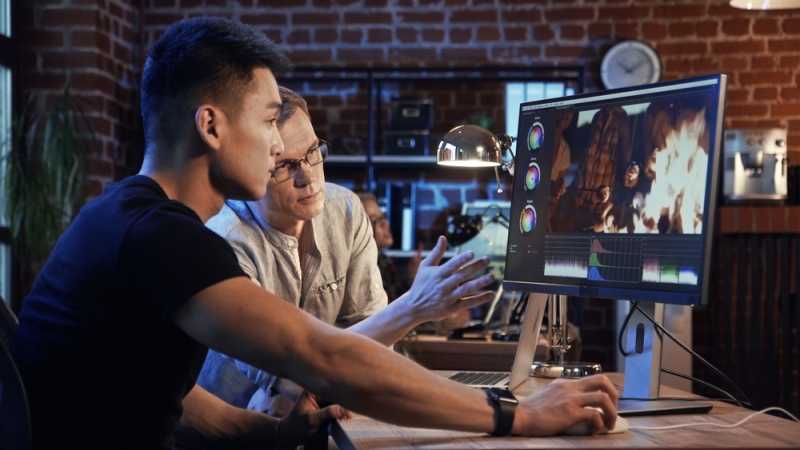
Then again, the requirements to becoming a VFX artist involve more than just the knowledge of the associated software. According to the website of the American Rasmussen college, among a VFX artist’s tasks are also:
-
Using computer programs and illustrations to create graphics and animation
-
Working with a team of animators and artists
-
Researching upcoming projects to help create realistic designs or animations
-
Developing storyboards that map out key scenes in animations
-
Editing animations and effects based on feedback from directors, clients or other team members
Where to VFX technologies
In the USA, particular universities (like the above-mentioned Rassmussen) teach students to use the VFX software. What’s more, there are many specialized online courses available. In Russia, such organizations as VFXLAB, Screamschool, and Industry film school offer such services. At ITMO University, you can get training in using VFX for video games as part of the Game Development Technologies program.
“In a sense, computer games are all about VFX. Then again, in the last couple of years, VFX technologies started to make their way into the industry of visual effects for film and television. Modern game engines, VR and the associated tools offer an opportunity to produce realistic graphics in real-time mode right on the spot, which makes filming simpler and helps save time spent on post-production. This process is called Virtual Production. We cover some of these aspects in our Game Development Technologies program, as well,” comments Andrei Karsakov, the program head.
Learning more about VFX
You can find lots of VFX-related content on YouTube: from documentaries about renowned studios to various lessons. In this sense, the Corridor Crew channel has been really popular lately. Its authors, VFX artists, make videos where they react to their colleagues’ work, propose their own improvements, and speak about other professions in the film industry. For example, they uploaded a video where they analyzed the trailers of Sonic and Cats that got a mixed reaction on the internet.
